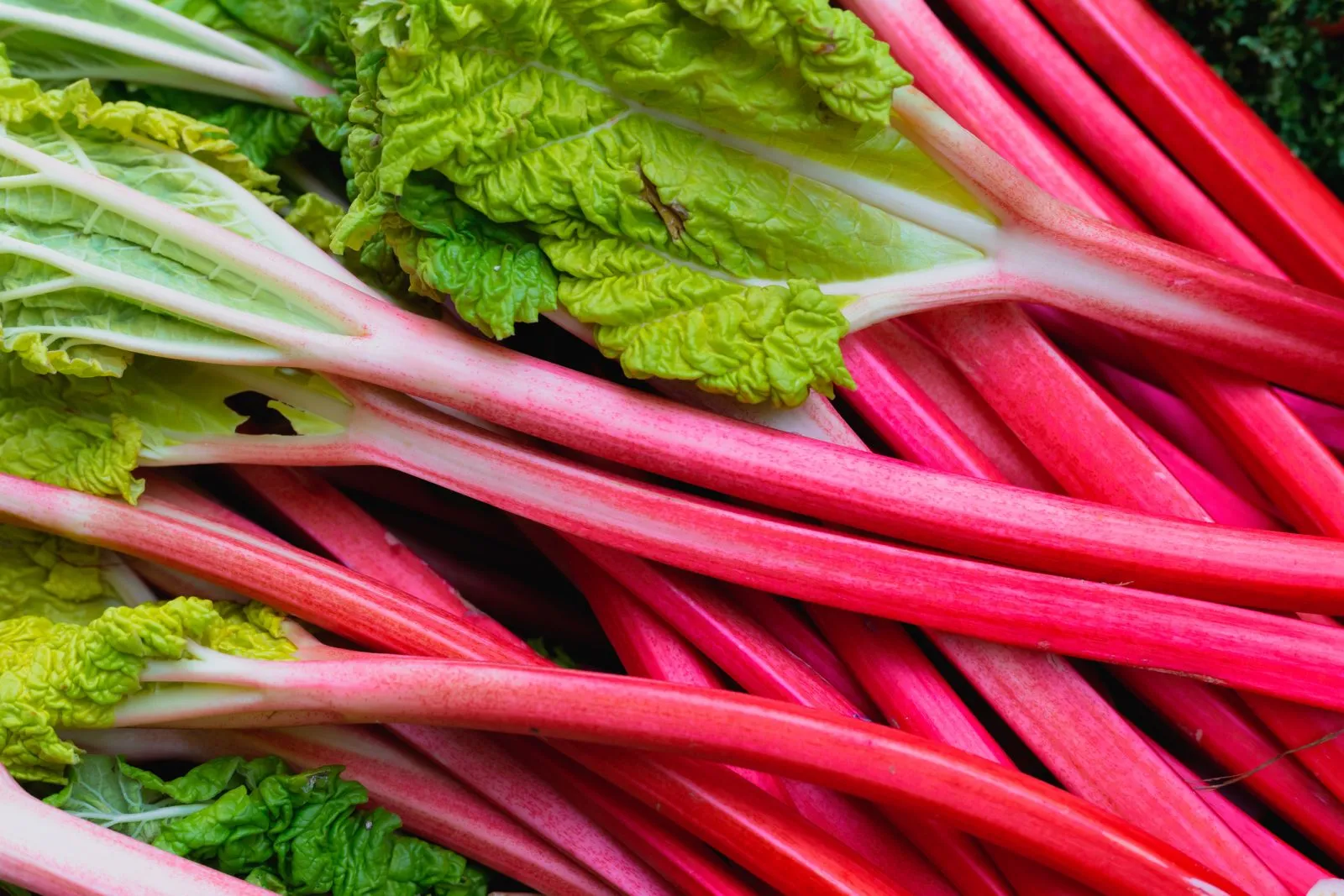The Rhubarb (Rheum Rhhabarbarum) is a plant that many people cook with and in recipes. It is also grown in other areas of the world such as those in United States, despite its Asian roots. The plant is a fan of cooler climates as it’s not suited to hot temperatures.
In the spring, long red leavestalks flower, peaking around mid-April. Only the stalks of the plant are edible. Toxins as well as high levels of Oxalic acid can be found inside the leaves. They are fleshy acidic and bitter by themselves. While they are edible raw, many prefer them cooked.
Rhubarb has an extensive and fascinating time, going back to the time of ancient Chinese medicine. It was also utilized in the ancient civilizations that included people like the Arabs, Greeks, and Romans.
It is now widely used in jams as well as cakes, compotes, and even drinks.
Table of Contents
Health benefits
Vitamin K is essential for bone health and blood clotting and rhubarb is a excellent source of. The rhubarb’s Vitamin A is also able to aid in fighting free radicals, which cause premature ageing and skin damage and keeps your skin looking healthy and young.
It also has a large amount of antioxidants and many other important minerals and vitamins with numerous health advantages. The health benefits of this include:
Improve bone health
Vitamin K in Rhubarb aids in the maintenance of strong and healthy bones. Vitamin K is vital in bone development and may assist in preventing osteoporosis.
Heart health is vitally essential.
Rhubarb is rich in fiber which aids in reducing cholesterol levels. Rhubarb has been proven in research studies to reduce cholesterol levels. In addition, it decreases the chance of suffering from heart attack and disease through lowering cholesterol levels. Rhubarb is rich in vitamin K which is a factor in preventing the calcification of blood vessels.
The antioxidants found in this vegetable are anti-inflammatory that can to protect your heart health more.
Aids digestion
Rhubarb’s fiber assists in maintaining the flow of the digestive system, helping to prevent constipation and other digestive problems. Sennosides, also known as naturally laxatives are found in it too. The tannins of Rhubarb are also anti-diarrheal properties.
Prevention of cancer
The antioxidants in Rhubarb help the body fight free radicals, defending against damage to cells and oxidative stress. Antioxidants’ anti-free radical properties may reduce your chance of developing certain cancers.
Reduce Inflammation
Rhubarb’s antioxidants help in reducing inflammation. People who suffer from chronic inflammatory reaction syndrome can benefit from these qualities.
Another study found that the anti-inflammatory properties of rhubarb extract could aid in wound healing.
Nutrition
Rhubarb is a rich source of antioxidants particularly anthocyanins (which provide it with its red hue) along with proanthocyanidins.
Anti-bacterial, anti-inflammatory, as well as anti-cancer properties of antioxidants safeguard you from a variety of health issues, including cancer, heart disease, as well as the condition known as diabetes.
Other nutrients found in rhubarb are:
- Vitamin A
- Vitamin C
- Vitamin K
- Folate
- Calcium
- Potassium
- Magnesium
- Manganese
Nutrients Per Serving
A half-cup of rhubarb includes:
- Protein: 1 gram
- Fat Zero grams
- Fibre 1 Gram
- Carbohydrates 3 grams
- Calories: 13
- Sugar 1 Gram
Things to Be Aware Of
Rhubarb has a significant amount of calcium oxide. It is found mostly in the leaves but it is also present on the stems. An excess of calcium oxalate in your diet may cause hyperoxaluria. This is an illness in which crystals of oxalate form within various organs.




